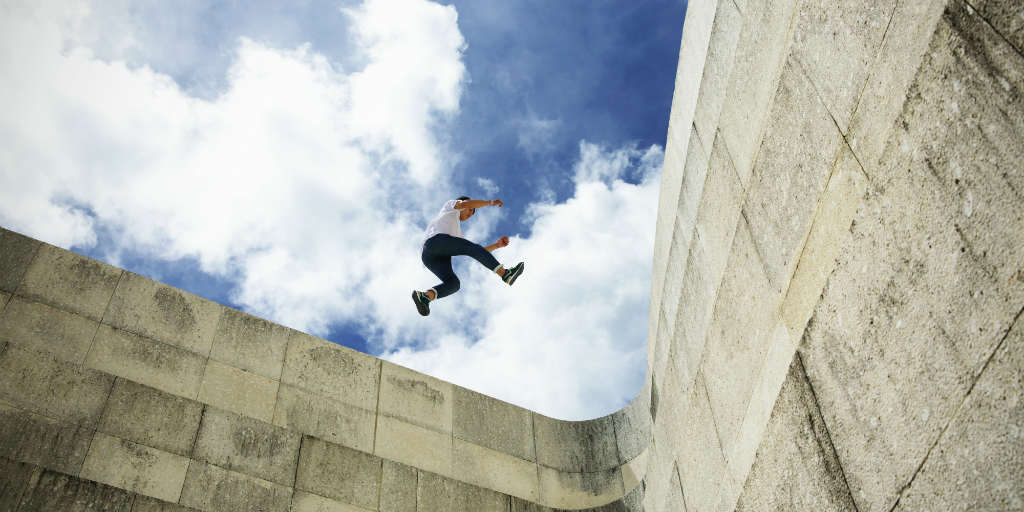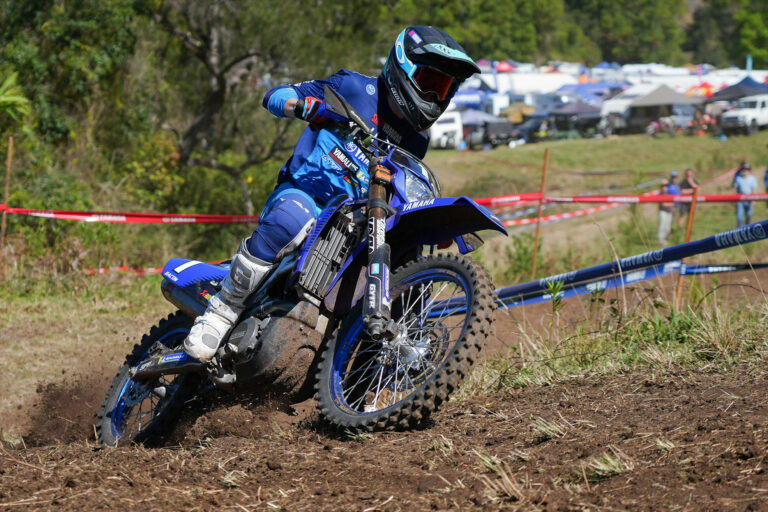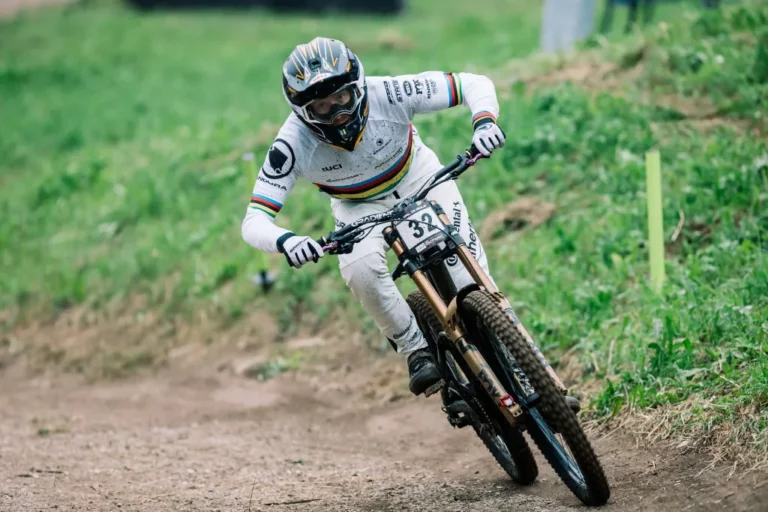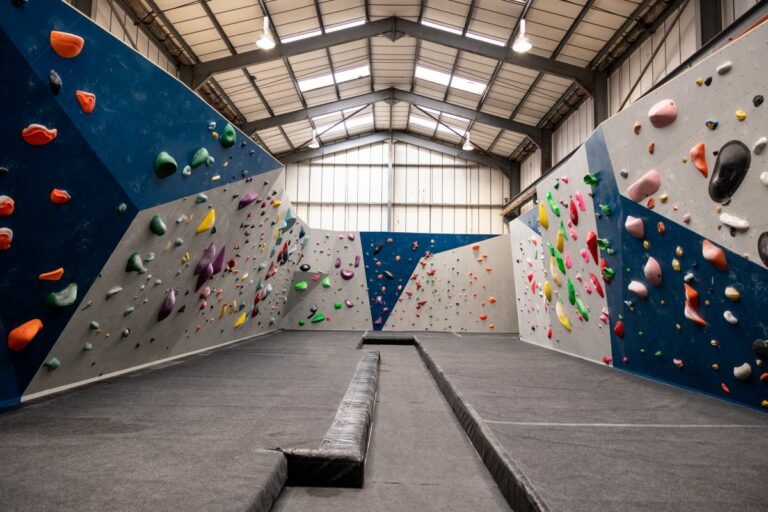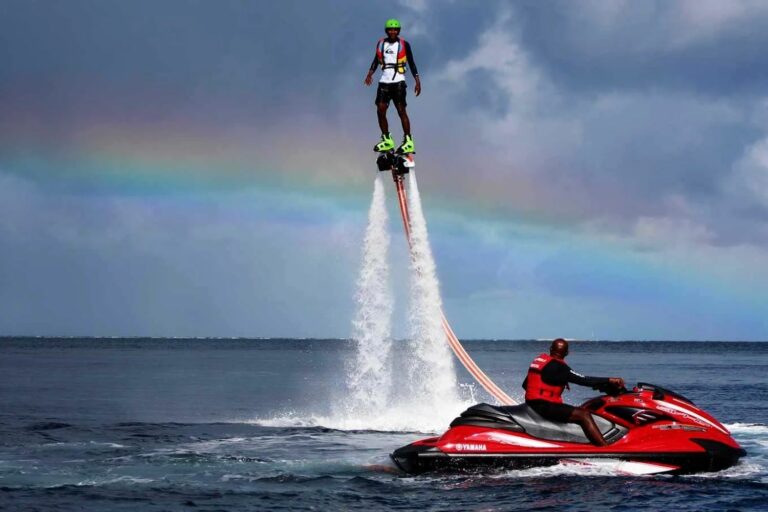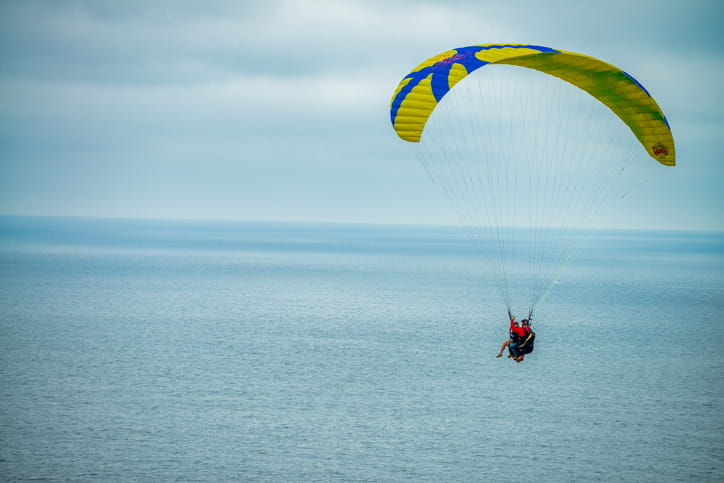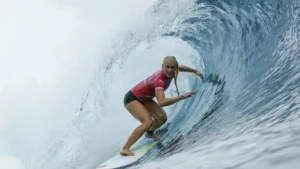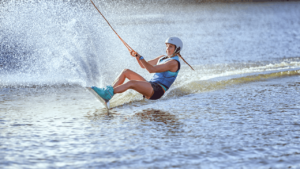Have you ever watched someone effortlessly leap over obstacles, scaling walls and vaulting over railings with the grace of a cat, and wondered what it is that makes such movement possible? Welcome to the world of parkour, an exhilarating discipline that transforms urban landscapes into playgrounds of agility and creativity. Originating in France in the late 1980s, parkour, also known as free running, has grown into a global phenomenon that emphasizes efficient movement through environment, pushing both physical and mental boundaries. Beyond the thrill and spectacle, parkour offers numerous benefits, including improved physical fitness, enhanced problem-solving skills, and a profound sense of freedom. In this post, we will delve into the origins and philosophy of parkour, explore its physical and mental benefits, and provide tips for beginners eager to embark on their own parkour journey. Join us as we uncover the art of moving through the world with purpose and precision.
Understanding Parkour: The Essence of Movement
Parkour, often described as the art of motion, is a discipline that emphasizes efficient movement through various environments. It involves running, jumping, climbing, and other maneuvers to navigate obstacles fluidly. Originating from military obstacle course training, parkour has evolved into a global phenomenon, celebrated for its creativity, physicality, and philosophical approach to movement.
The Origins of Parkour
Parkour traces its roots back to France, where it was developed by David Belle and his friends in the late 20th century. Inspired by his father Raymond Belle’s military training and the méthode naturelle of Georges Hébert, David refined these techniques into what we now recognize as parkour. The term parkour itself is derived from the French word parcours, meaning course or route.
Core Principles of Parkour
At its heart, parkour is built on several key principles:
- Efficiency: Finding the most direct path through an environment, minimizing wasted energy.
- Adaptability: Adjusting techniques to suit different obstacles and situations.
- Control: Maintaining balance and precision in movement.
- Flow: Achieving a seamless and continuous motion.
Key Techniques in Parkour
To master parkour, practitioners must become proficient in a variety of techniques:
- Vaults: Techniques for passing over obstacles, such as the kong vault and speed vault.
- Rolls: Used to absorb impact and maintain momentum after jumps or drops.
- Precision Jumps: Leaping accurately from one point to another.
- Wall Runs: Running up vertical surfaces to gain height.
- Climbing: Techniques for scaling walls and other structures.
Training and Safety
Parkour requires rigorous training to develop strength, agility, and technique. Practitioners often start with basic exercises, gradually progressing to more complex movements. Safety is paramount; understanding one’s limits and using proper technique helps prevent injuries. Many traceurs (parkour practitioners) train in controlled environments, such as gyms with padded surfaces, before attempting moves in urban settings.
The Philosophy Behind Parkour
Beyond physical prowess, parkour embodies a philosophy of overcoming mental and physical obstacles. It encourages creativity, problem-solving, and self-discipline. Practitioners often speak of the parkour mindset, which involves facing challenges with resilience and adaptability.
Parkour in Popular Culture
Parkour’s dynamic and visually striking nature has captured the attention of filmmakers, advertisers, and video game developers. Movies like District 13 and Casino Royale feature parkour sequences, showcasing its potential for action and storytelling. Video games such as Assassin’s Creed incorporate parkour-inspired mechanics, allowing players to experience the thrill of fluid movement in virtual worlds.
Parkour Communities and Events
Parkour has fostered a global community, with practitioners gathering for jams, workshops, and competitions. Events like the Red Bull Art of Motion bring together top athletes to showcase their skills. These gatherings promote camaraderie, knowledge exchange, and the growth of the discipline.
The Future of Parkour
As parkour continues to evolve, it faces both opportunities and challenges. The increasing popularity of competitive parkour raises questions about its impact on the discipline’s philosophy. However, the community remains committed to preserving parkour’s core values while embracing innovation and new possibilities.
Conclusion
Parkour is more than just a physical activity; it is an art form that challenges individuals to redefine their relationship with their environment. By mastering the techniques and embracing its philosophy, practitioners unlock new ways to move and think, transforming everyday spaces into playgrounds of creativity and expression.
